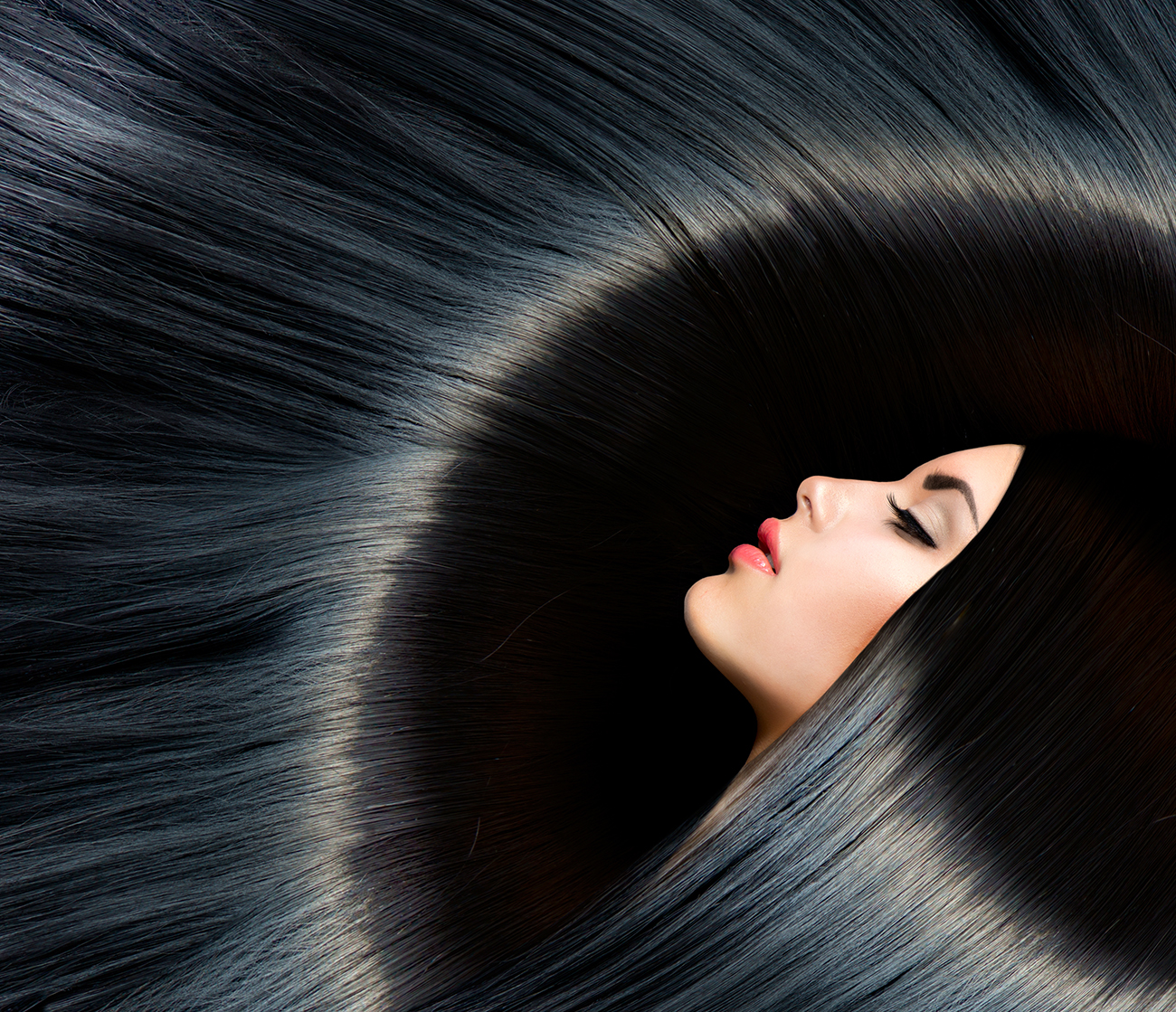We give you the information to build your knowledge and understanding of the latest forming techniques to achieve stunning styles whatever the conditions…Use the terminology and ideas below to increase your vocabulary and understanding of hair textures and how they can affect the results of different forming techniques. Remember that all these techniques interact with each other; for example, adding volume and texture will influence structure and movement. Structure and Form Structure can be described as the three-dimensional shape or silhouette of the hair and is the foundation of any design. This will initially be determined by the cut and therefore the length of hair around the shape of the head. The structure of the final style will also be influenced by hair type, for example, naturally curly or wavy hair will stand out from the head. In a similar way forming treatments can alter how the hair hangs, thus changing the structure and impact of a style. Remember, the tighter a perm, the shorter the hair will actually look! A change in structure may be subtle or dramatic, for example Stacking techniques can build body and defined curls into the ends of a style Progressive techniques create contrast in structure and style Relaxing the hair will also change structure, create more movement and change the texture of hair Use your imagination but remember to discuss your ideas thoroughly with your client and show them drawings or pictures of the finished style before starting any forming technique. Texture is a visual quality; it describes the appearance of the surface of an object, for example: Natural hair will have a texture of its own and this will also be influenced by condition Hair can be thick and coarse or fine and soft, with a glossy, defined edge or a fine sheen Porous hair will look dull and matt Resistive hair may be glassy and brittle Forming techniques can alter texture by increasing or reducing curl. In general the more curls per centimeter, the more texture there will be in the hair. This is because there are more facets for the light to reflect off, creating a dappled effect Texture can also be altered by the type of styling tool used. Angular rods create a very different result to curved rods; similarly, a smaller rod will create more curls on a given length of hair Texture can be achieved by winding and forming the hair in alternating sections. This mix of treated and untreated hair creates new structures and texture, while maintaining the emphasis of the original style Movement and Form Movement denotes the various directions the hair takes, or how the hair sways or falls, for example On natural hair this will depend on hair type and the length of hair Longer hair normally has more movement, however strong, thick hair will have less movement than fine, thin hair Asian hair types have straight, strong hair and often benefit from a mild relaxing treatment to create a softer feel and more movement Trends such as Boho Curl as featured in the Modern Glamour Collection from Essential Looks celebrate natural-looking curls with movement. To achieve this use soft, flexible stylers with a forming lotion to create volume in the roots while maintaining movement throughout the lengths. The number of stylers used will determine how much movement is retained. Volume and Form</strong Forming techniques can be used to increase volume, and this is particularly useful when dealing with fine hair types where the hair hangs limply on to the head. This may be the only option when a client with long, fine hair walks into the salon and asks for a full-bodied cut in the style of Claudia Schiffer! It may be possible to achieve this result using curling tongs and styling products, however recreating this look on a daily basis will require more permanent support; use a large-diameter styling tool to wind hair in the crown area – this will provide an additional boost. Alternatively, a root perm will lift the hair away from the roots.
